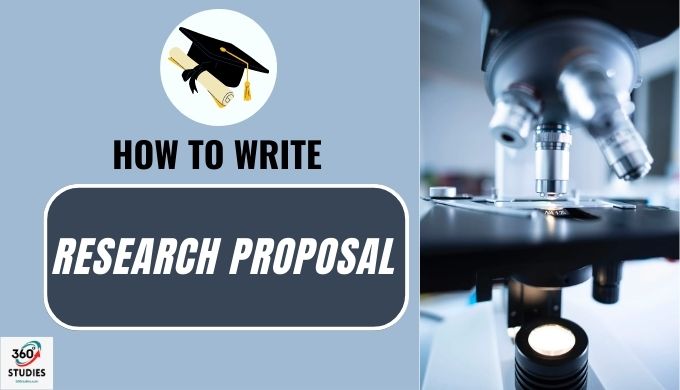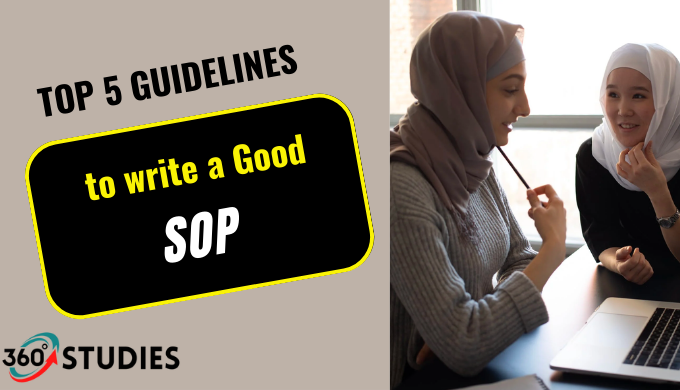The content of this article aims to provide useful advice to those students who have been asked to send a research proposal as part of their application for admission to a research degree. One of the most beautiful experiences you may have in your life is pursuing a research degree, whether it be a PhD, Masters by Research, or another kind of degree like an EdD or DMus. You will get the chance to interact with prominent experts and join the research community. It will give you the chance to build research abilities as well as priceless transferable talents that you can use in your current job, academic life, or a number of vocations outside of academia. Even if it merely helps you become a more self-assured and informed person, the knowledge you acquire along the path will benefit you for the rest of your life. An essential part of applying for a PhD programme abroad is writing a research proposal. The research studies you intend to do while pursuing your PhD are described in a research proposal. You have the chance to persuade the admissions panel that your research is significant, original, and doable. You will be guided through the process of writing a research proposal for a PhD programme abroad in this manual.
Table of Contents
Golden Rules for writing postgraduate research proposals
Contents:
- Ask yourself why this research should be funded and/or why you are the best person to carry out this project.
- Ask yourself why this research is important and/or timely.
- State and justify your objectives clearly (“because it’s interesting” is not enough!)
- Be sure to provide an explanation for how the research will advance the field of research or benefit society at large.
Style:
- Give a descriptive project title if space permits.
- Organise your writing and, if possible, utilise section headings.
- Instead of presenting the information in one long paragraph, use shorter paragraphs.
- Shorten your sentences.
- If possible, include charts, diagrams, and visuals to assist break up the prose.
Steps
- Choose potential supervisors and talk with them about your idea
- Don’t send out a bunch of vague, blanket emails to potential supervisors
- Give yourself plenty of time because a hurried proposal will be obvious
- When applying to an external funding agency, keep in mind that the reviewer may not be an expert in your field of research.
- Get feedback from your potential supervisor and be prepared to consider their suggestions. Observe the rules and keep in mind the deadline.
What you should include in your research proposal?
Each university has a distinct application procedure, so be sure to adhere to the instructions supplied by the organisation you are applying to. However, you could use the proposed structure below if you are not provided with any instructions on how to format your research proposal. This is also pertinent if you are requesting sponsorship from your workplace to pursue a research degree or looking for outside financing.
- The title and abstract
- Background information/a concise summary of the literature
- The Hypothesis and Objectives
- The methodology
- How the research will be disseminated to the public?
- The availability of supervisors as well as specialised and transferable skill training
- Ethical considerations
- The summary and conclusions.
1. Introduction
The outline of the research problem or question that your project will tackle should be included in the introduction. The significance of the subject and the need for additional research should also be discussed in this section.
2. Literature Review
The literature review is considered to be one of the critical elements of the research proposal. It should provide a general summary of what is known currently about the issue or query under study. The literature review should emphasise the key debates and controversies in the field, identify the gaps in the existing literature, and describe how your research will fill those gaps.
3. Research Question and Objectives
Your research question or questions should be stated in this section with clarity. The precise outcomes you aim to attain with your research should be described in your research objectives, which should be clearly stated. Make sure your study question is precise, measurable, and focused.
4. Methodology
The research techniques you’ll employ to address your research questions should be described in this part. You must give a thorough explanation of your procedures, including how you will gather data, analyse it, and use any mathematical/statistical approaches. If you want to perform fieldwork, describe how you will choose your sample, the techniques you’ll employ to gather data, and the steps you’ll take to assure the accuracy and dependability of your results.
5. Significance and Implications
Describe the importance of your study and the effects it will have on the industry. What will your research add to the field? How will it help the field advance? What effect will your study have on practice or policy?
6. Conclusion
Reiterate the main aspects of your proposal while highlighting the significance of the need for funding for your research. Additionally, you should briefly outline any restrictions or difficulties you foresee and detail your strategy for overcoming them.
7. References
Include a list of references in the format required by the institution or funding agency. Make sure to follow the guidelines carefully and use a citation manager like Zotero or Mendeley to keep track of your sources.
Keep in mind that the research proposal serves as both a document for applying to PhD programmes and a guide for your research during your PhD studies. Writing a strong proposal that reflects your research skills and interests must be precise, succinct, and convincing.





